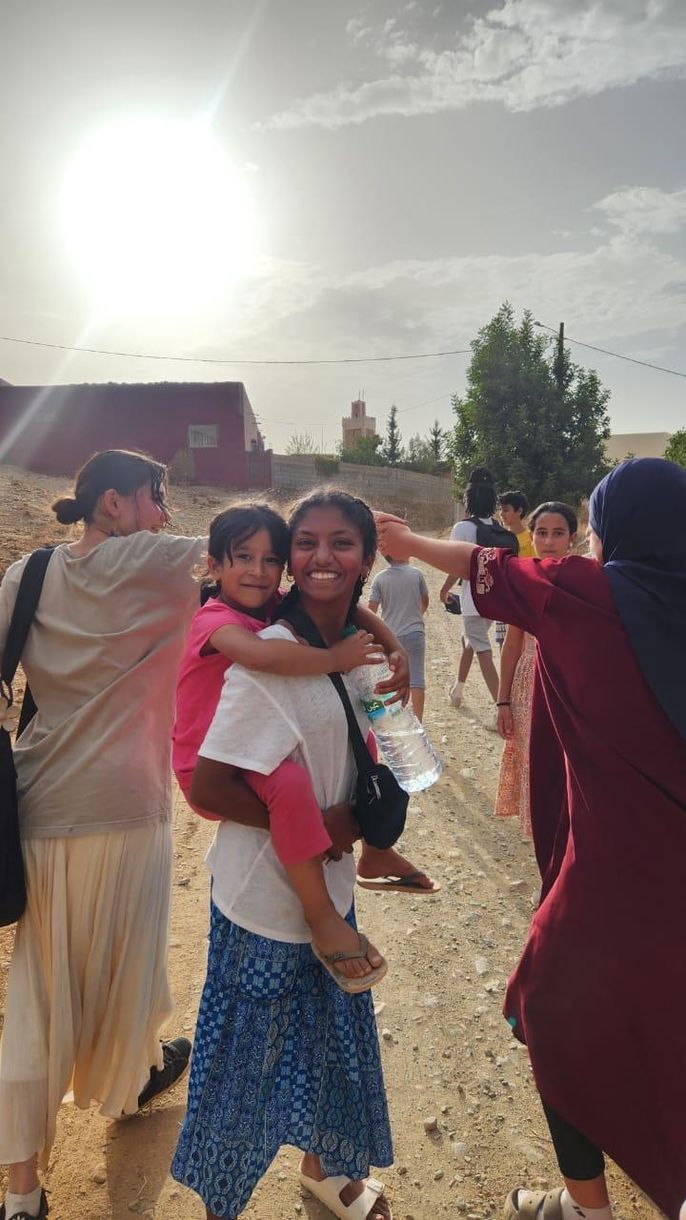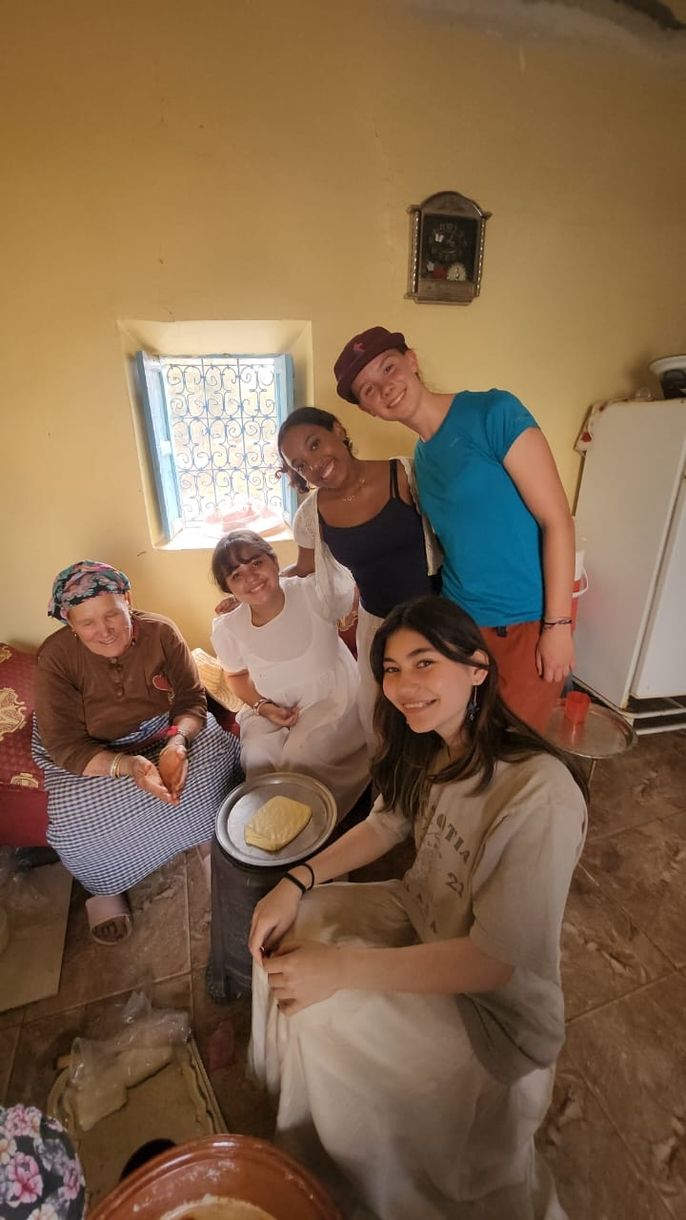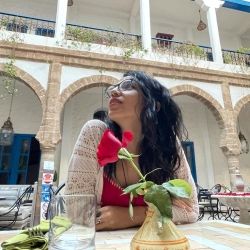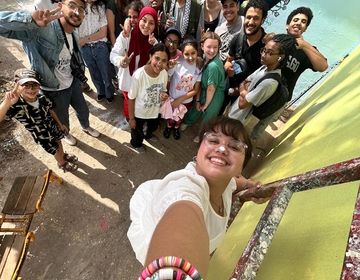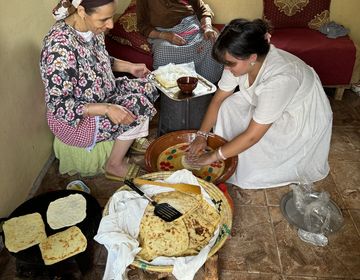Lessons from Ait Bouhaddou
Our students have truly embraced the idea that "everything is a learning experience." Last weekend, we traveled south of Morocco to one of its imperial cities: Marrakesh, the red city nestled in the foothills of the Atlas Mountains. While you may have followed our journey through Doug's blog, I want to share our experiences from Sunday and tell you more about the village we visited.
On Sunday, we set out for Amizmiz, a small town in southern Morocco at the foot of the High Atlas. The locals told us that Amizmiz is historically significant for its early resistance against French colonization in the 1920s. Numerous revolts took place there, and when Mohammed V returned from exile, he visited the region to acknowledge and thank the locals for their resistance.
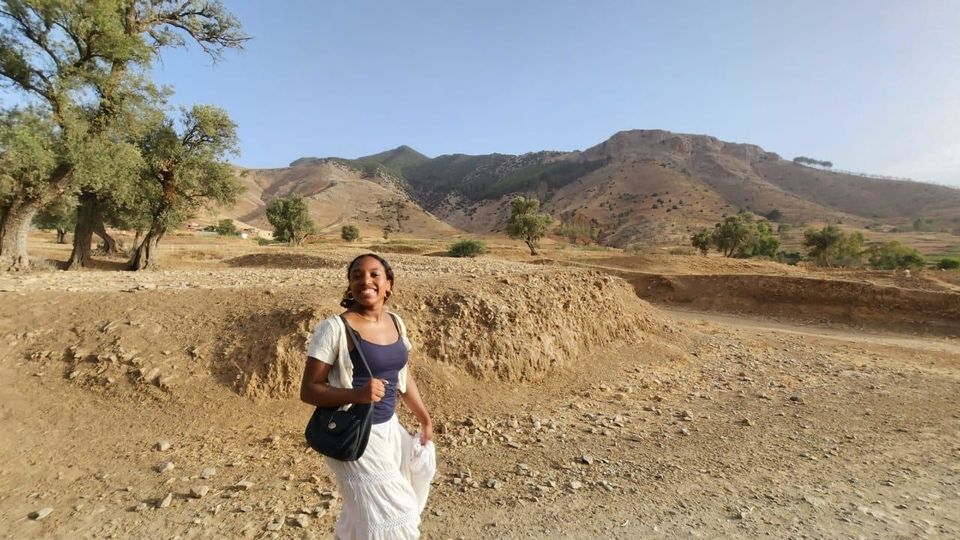
On September 8, 2023, a 6.8 magnitude earthquake struck Morocco, with its epicenter in the High Atlas Mountains, causing widespread destruction. Thousands lost their lives, and many more lost their homes and loved ones. The Amazigh village we visited, Ait Bouhaddou, was within the epicenter. We saw tents distributed by the government and makeshift temporary bathrooms as the locals worked to rebuild. The community endured an extremely tough winter with inadequate shelter, heavy rainfall, freezing temperatures, and the trauma of the earthquake.
This tragedy brought Moroccans together, reviving a deep sense of collectivism rooted in our culture and tradition. Help poured in from all over the country and the world, as people mobilized to support those affected.

Ait Bouhaddou, an Amazigh village just a few kilometers west of Amizmiz, taught us many lessons. We learned how the women, even those whose homes were not destroyed, slept in tents to support those who had lost theirs. We saw how everyone opened their homes to each other, demonstrating values of sharing, love, and community deeply embedded in the culture, despite living in post-earthquake conditions with little to no rebuilding yet.
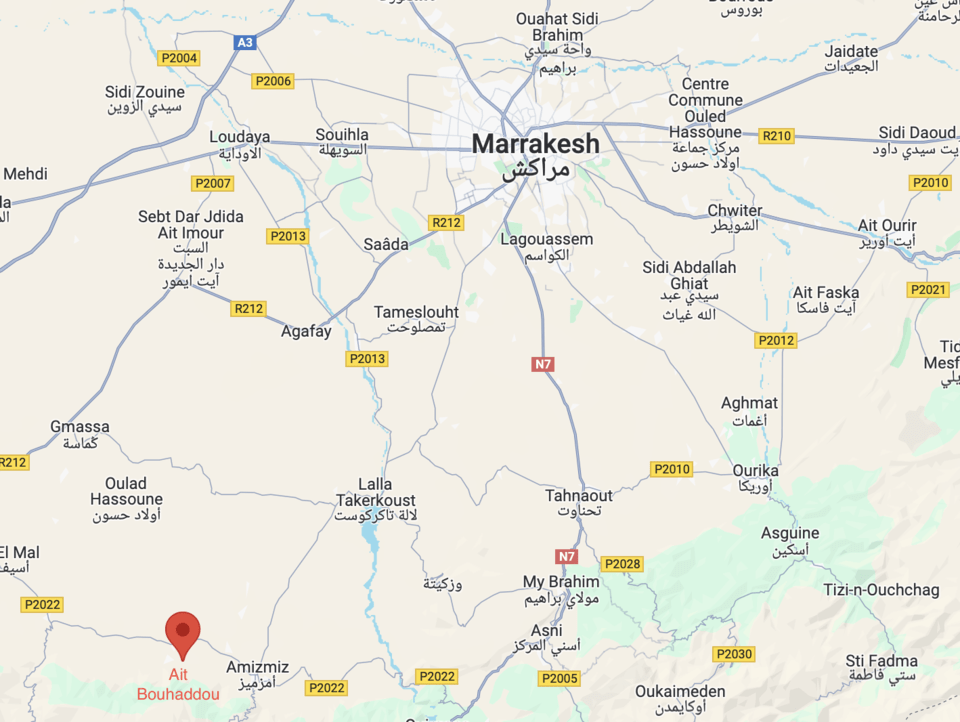
The people of Ait Bouhaddou welcomed us warmly, inviting us into their homes and offering tea and dried fruits from the Ashura celebration, as well as msemmen, baghrir with honey, and traditional butter made from churning fermented milk. We met the children, introduced ourselves, and they guided us through the village, showing us the water source, canals, and water basins on a hike where we got to know each other better. They showed us the aftermath of the earthquake, with houses reduced to rubble and taught us a few words in Tamazight.


Back in the village, we were greeted by an Ahwash band, an Amazigh group of collective performers and musicians, and we all danced together under the stars and a full moon. The night ended with a delicious chicken and vegetable tagine cooked by the women who invited us into their homes.


As we said our goodbyes, Tahra, the village elder, gave us her blessings and prayers for good health and fortune. We left with full hearts, deeply moved by the hospitality and resilience of the people of Ait Bouhaddou. There is so much to learn from them.
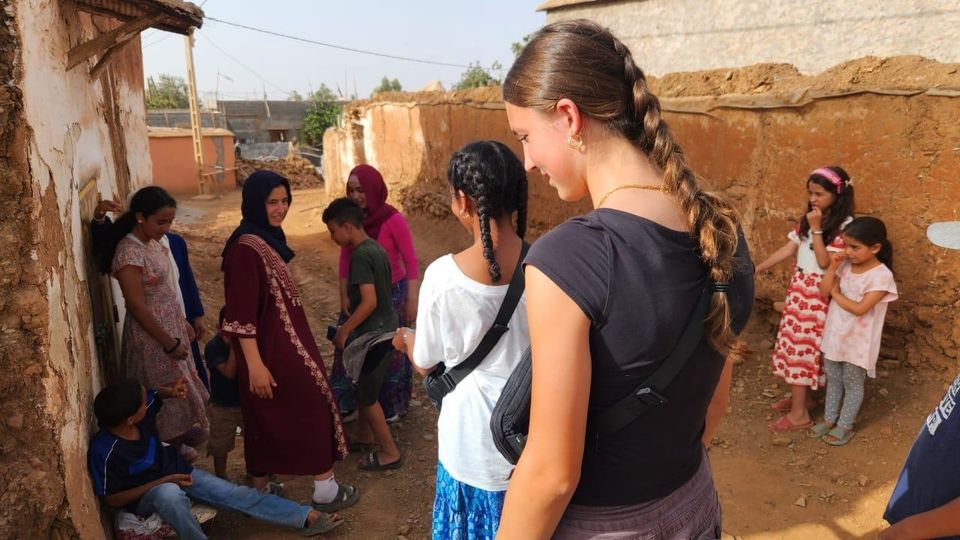
Related Posts
Student Spotlight - Sarah Mathew, Memories in Morocco
Throughout these past 3 weeks, I have immersed myself in the rich culture and diversity of Morocco. This program has given me a sense of community and has helped me... keep reading
Taking Our Leadership to Marrakech
Early Saturday morning we boarded the bus to take our weekend excursion to Marrakech. The 3 hour bus ride itself was full of energy as we played “Werewolf” for half... keep reading
Student Spotlight - Elizabeth Ross, New Lasting Friendships
I think friendship has a different meaning depending on who you're asking and what season of their life they are in. The dictionary defines friendship as “the emotions or conduct... keep reading

